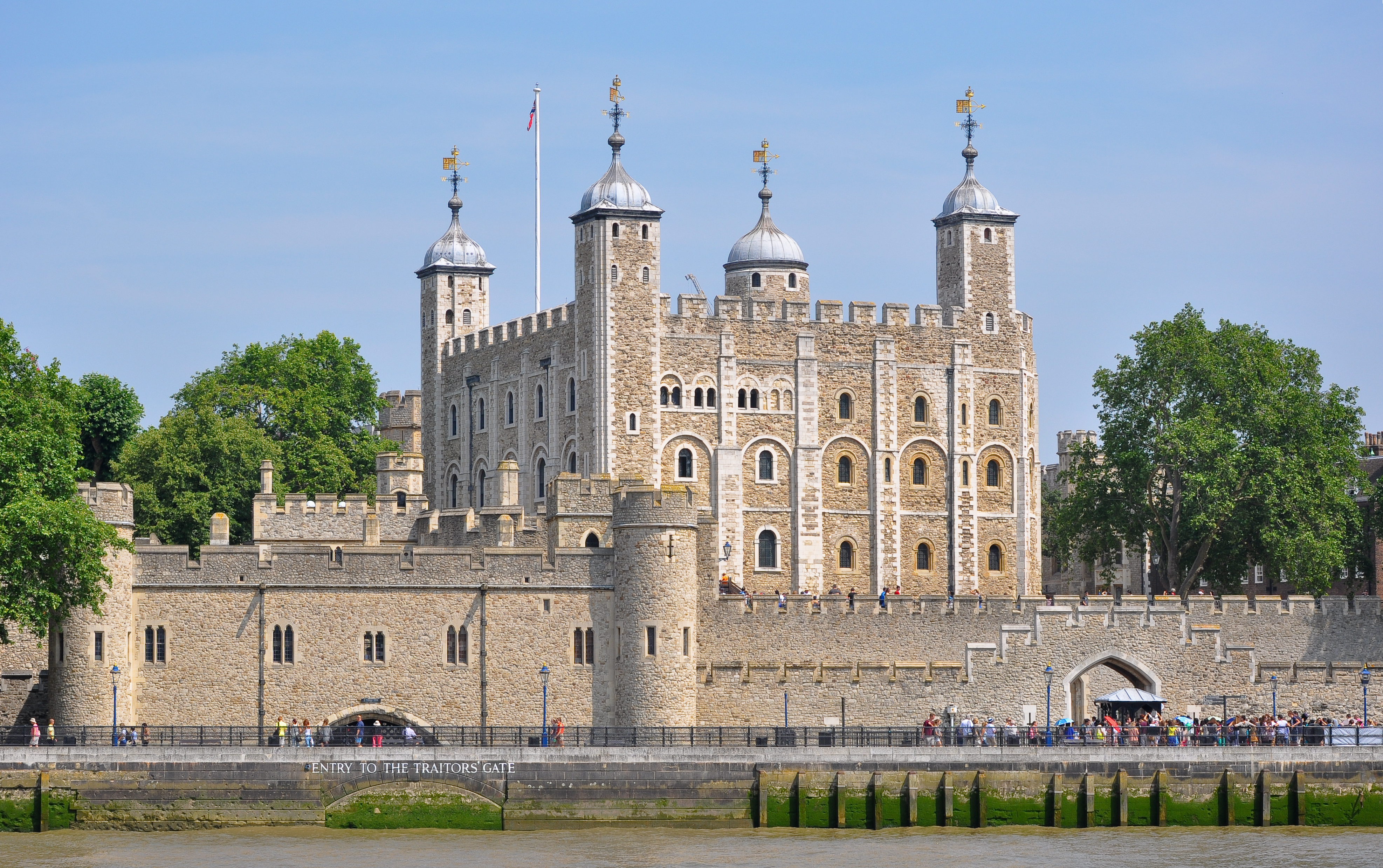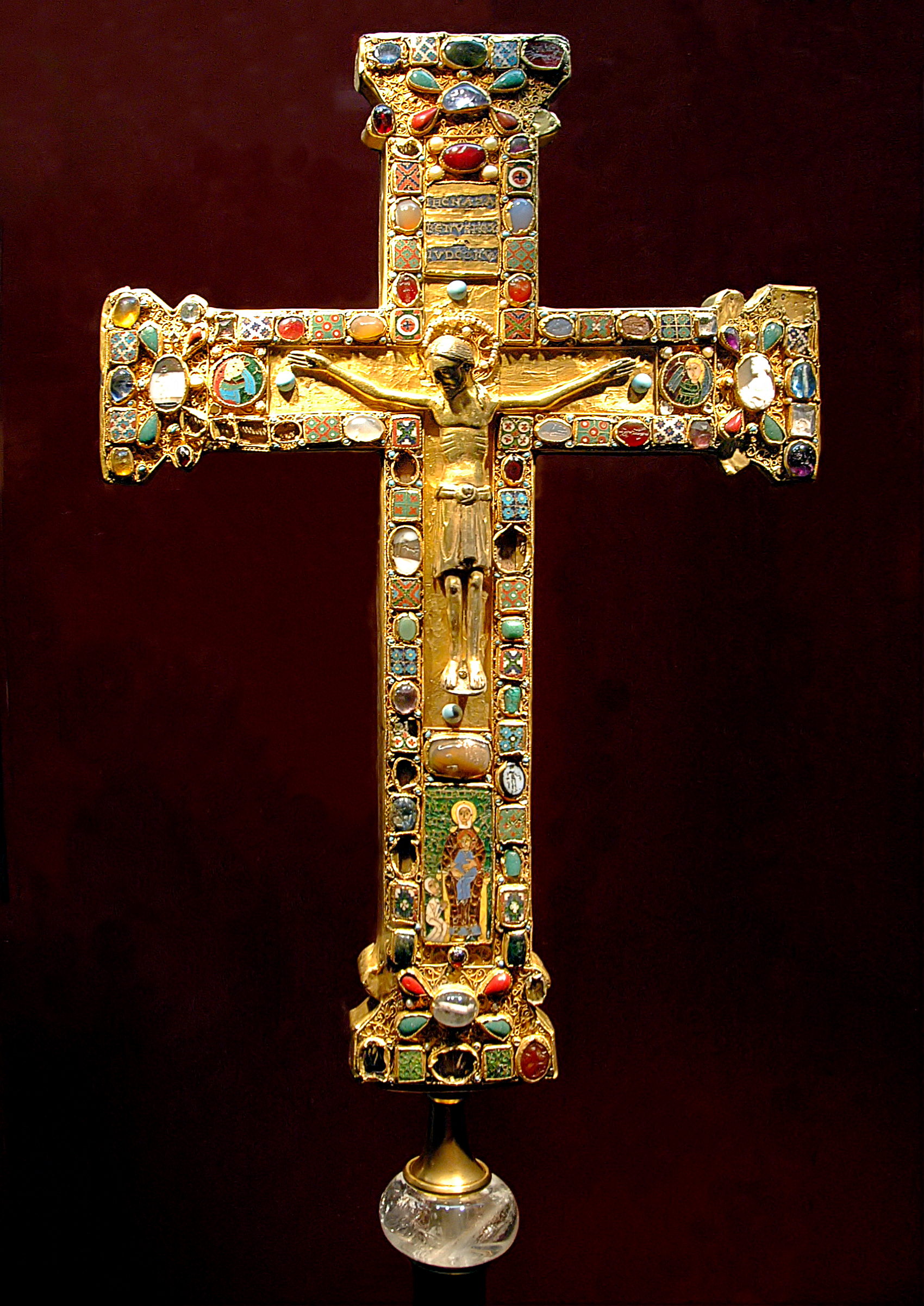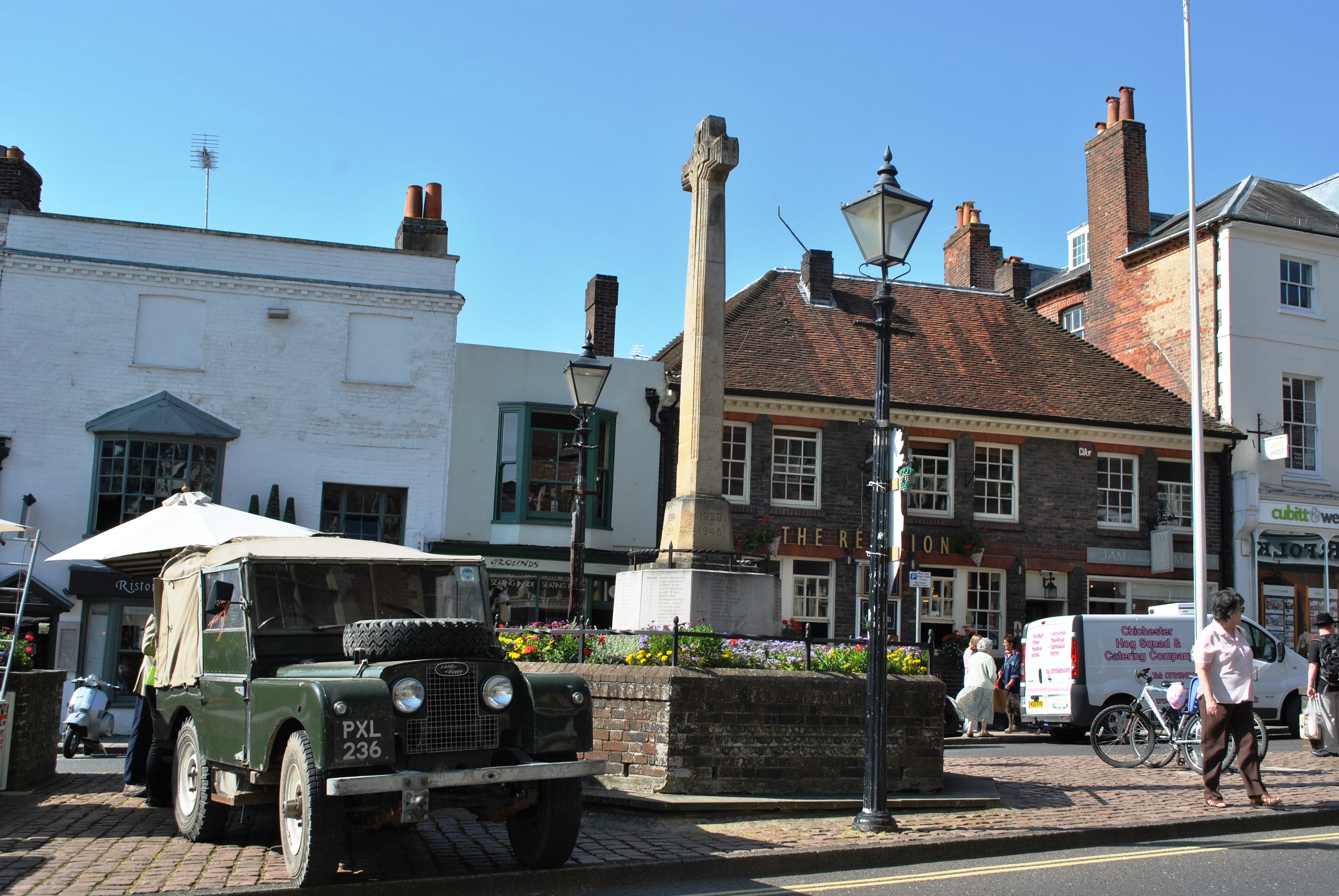|
Castle Town
A castle town is a settlement built adjacent to or surrounding a castle. Castle towns were common in Medieval Europe. Some examples include small towns like Alnwick and Arundel, which are still dominated by their castles. In Western Europe, and England particularly, it is common for cities and towns that were not castle towns to instead have been organized around cathedrals. Towns organized around Japanese castle are fortresses constructed primarily of wood and stone. They evolved from the wooden stockades of earlier centuries, and came into their best-known form in the 16th century. Castles in Japan were built to guard important or strategic sites, suc ...s are called '' jōkamachi'' . Castles are typically built near towns to gain and equip supplies. See also * Castles and Town Walls of King Edward in Gwynedd * Jōkamachi * Urban castle References Castles Types of towns Urban planning during medieval period Urban planning during early modern period { ... [...More Info...] [...Related Items...] OR: [Wikipedia] [Google] [Baidu] |
Caernarfon
Caernarfon (; ) is a royal town, community and port in Gwynedd, Wales, with a population of 9,852 (with Caeathro). It lies along the A487 road, on the eastern shore of the Menai Strait, opposite the Isle of Anglesey. The city of Bangor is to the north-east, while Snowdonia fringes Caernarfon to the east and south-east. Carnarvon and Caernarvon are Anglicised spellings that were superseded in 1926 and 1974 respectively. Abundant natural resources in and around the Menai Strait enabled human habitation in prehistoric Britain. The Ordovices, a Celtic tribe, lived in the region during the period known as Roman Britain. The Roman fort Segontium was established around AD 80 to subjugate the Ordovices during the Roman conquest of Britain. The Romans occupied the region until the end of Roman rule in Britain in 382, after which Caernarfon became part of the Kingdom of Gwynedd. In the late 11th century, William the Conqueror ordered the construction of a motte-and- ... [...More Info...] [...Related Items...] OR: [Wikipedia] [Google] [Baidu] |
Castle
A castle is a type of fortified structure built during the Middle Ages predominantly by the nobility or royalty and by military orders. Scholars debate the scope of the word ''castle'', but usually consider it to be the private fortified residence of a lord or noble. This is distinct from a palace, which is not fortified; from a fortress, which was not always a residence for royalty or nobility; from a ''pleasance'' which was a walled-in residence for nobility, but not adequately fortified; and from a fortified settlement, which was a public defence – though there are many similarities among these types of construction. Use of the term has varied over time and has also been applied to structures such as hill forts and 19th-20th century homes built to resemble castles. Over the approximately 900 years when genuine castles were built, they took on a great many forms with many different features, although some, such as curtain walls, arrowslits, and portcullises, wer ... [...More Info...] [...Related Items...] OR: [Wikipedia] [Google] [Baidu] |
Medieval
In the history of Europe, the Middle Ages or medieval period lasted approximately from the late 5th to the late 15th centuries, similar to the post-classical period of global history. It began with the fall of the Western Roman Empire and transitioned into the Renaissance and the Age of Discovery. The Middle Ages is the middle period of the three traditional divisions of Western history: classical antiquity, the medieval period, and the modern period. The medieval period is itself subdivided into the Early, High, and Late Middle Ages. Population decline, counterurbanisation, the collapse of centralized authority, invasions, and mass migrations of tribes, which had begun in late antiquity, continued into the Early Middle Ages. The large-scale movements of the Migration Period, including various Germanic peoples, formed new kingdoms in what remained of the Western Roman Empire. In the 7th century, North Africa and the Middle East—most recently part of the Eastern Roman ... [...More Info...] [...Related Items...] OR: [Wikipedia] [Google] [Baidu] |
Alnwick
Alnwick ( ) is a market town in Northumberland, England, of which it is the traditional county town. The population at the 2011 Census was 8,116. The town is on the south bank of the River Aln, south of Berwick-upon-Tweed and the Scottish border, inland from the North Sea at Alnmouth and north of Newcastle upon Tyne. The town dates to about AD 600 and thrived as an agricultural centre. Alnwick Castle was the home of the most powerful medieval northern baronial family, the Earls of Northumberland. It was a staging post on the Great North Road between Edinburgh and London. The town centre has changed relatively little, but the town has seen some growth, with several housing estates covering what had been pasture and new factory and trading estate developments along the roads to the south. History The name ''Alnwick'' comes from the Old English ''wic'' ('dairy farm, settlement') and the name of the river Aln. The history of Alnwick is the history of the castle an ... [...More Info...] [...Related Items...] OR: [Wikipedia] [Google] [Baidu] |
Arundel
Arundel ( ) is a market town and civil parish in the Arun District of the South Downs, West Sussex, England. The much-conserved town has a medieval castle and Roman Catholic cathedral. Arundel has a museum and comes second behind much larger Chichester in its number of listed buildings in West Sussex. The River Arun runs through the eastern side of the town. Arundel was one of the boroughs reformed by the Municipal Reform Act 1835. From 1836 to 1889 the town had its own Borough police force with a strength of three. In 1974 it became part of the Arun district, and is now a civil parish with a town council. Name The name comes from the Old English ''Harhunedell'', meaning "valley of horehound", and was first recorded in the Domesday Book. Folk etymology, however, connects the name with the Old French word ''arondelle'', meaning "swallow", and swallows appear on the town's arms. Governance An electoral ward of the same name exists. This ward stretches north to H ... [...More Info...] [...Related Items...] OR: [Wikipedia] [Google] [Baidu] |
Cathedral
A cathedral is a church that contains the ''cathedra'' () of a bishop, thus serving as the central church of a diocese, conference, or episcopate. Churches with the function of "cathedral" are usually specific to those Christian denominations with an episcopal hierarchy, such as the Catholic, Eastern Orthodox, Anglican, and some Lutheran churches.New Standard Encyclopedia, 1998 by Standard Educational Corporation, Chicago, Illinois; page B-262c Church buildings embodying the functions of a cathedral first appeared in Italy, Gaul, Spain, and North Africa in the 4th century, but cathedrals did not become universal within the Western Catholic Church until the 12th century, by which time they had developed architectural forms, institutional structures, and legal identities distinct from parish churches, monastic churches, and episcopal residences. The cathedral is more important in the hierarchy than the church because it is from the cathedral that the bishop governs the ... [...More Info...] [...Related Items...] OR: [Wikipedia] [Google] [Baidu] |
Citadel Of Saigon Before 1835
A citadel is the core fortified area of a town or city. It may be a castle, fortress, or fortified center. The term is a diminutive of "city", meaning "little city", because it is a smaller part of the city of which it is the defensive core. In a fortification with bastions, the citadel is the strongest part of the system, sometimes well inside the outer walls and bastions, but often forming part of the outer wall for the sake of economy. It is positioned to be the last line of defence, should the enemy breach the other components of the fortification system. The functions of the police and the army, as well as the army barracks were developed in the citadel. History 3300–1300 BC Some of the oldest known structures which have served as citadels were built by the Indus Valley civilisation, where citadels represented a centralised authority. Citadels in Indus Valley were almost 12 meters tall. The purpose of these structures, however, remains debated. Though the structures found ... [...More Info...] [...Related Items...] OR: [Wikipedia] [Google] [Baidu] |
Japanese Castle
are fortresses constructed primarily of wood and stone. They evolved from the wooden stockades of earlier centuries, and came into their best-known form in the 16th century. Castles in Japan were built to guard important or strategic sites, such as ports, river crossings, or crossroads, and almost always incorporated the landscape into their defenses. Though they were built to last and used more stone in their construction than most Japanese buildings, castles were still constructed primarily of wood, and many were destroyed over the years. This was especially true during the Sengoku period (1467–1603), when many of these castles were first built. However, many were rebuilt, either later in the Sengoku period, in the Edo period (1603–1867) that followed, or more recently, as national heritage sites or museums. Today there are more than one hundred castles extant, or partially extant, in Japan; it is estimated that once there were five thousand. Some castles, such as the one ... [...More Info...] [...Related Items...] OR: [Wikipedia] [Google] [Baidu] |
Jōkamachi
The term refers to a type of urban structures in Japan in which the city surrounds a feudal lord's castle. These cities did not necessarily form around castles after the Edo period; some are known as Jin'yamachi, cities that have evolved around Jin'ya or government offices that are not intended to provide military services. Defined broadly, Jokamachi includes Jin'yamachi. It is also referred to as Jōka as was common before the early modern period. History The advent of Jōkamachi dates back to the Sengoku period (period of warring states). Jokamachi functions both as a military base represented by the castle and an administrative and commercial city. Oda Nobunaga was the biggest contributor to the development of early-modern Jōkamachi. He aimed at promoting Heinobunri (distinguishing the samurai class from the rest by giving privileged status to samurai and disarming farmers and the rest) by forcing the samurai class to live in Jōkamachi, while establishing Rakuichi-raku ... [...More Info...] [...Related Items...] OR: [Wikipedia] [Google] [Baidu] |
Castles And Town Walls Of King Edward In Gwynedd
The Castles and Town Walls of King Edward in Gwynedd is a UNESCO-designated World Heritage Site located in Gwynedd, Wales. It includes the castles of Beaumaris and Harlech and the castles and town walls of Caernarfon and Conwy. UNESCO considers the sites to be the "finest examples of late 13th century and early 14th century military architecture in Europe". The fortifications are part of the Ring of Iron built by Edward I after his invasion of North Wales in 1282. Edward defeated the local Welsh princes in a major campaign and set about permanently colonising the area. He created new fortified towns, protected by castles, in which English immigrants could settle and administer the territories. The project was hugely expensive and stretched royal resources to the limit. Fresh Welsh revolts followed in 1294 under the leadership of Madog ap Llywelyn. Conwy and Harlech were kept supplied by sea and held out against the attack, but Caernarfon, still only partially completed, was ... [...More Info...] [...Related Items...] OR: [Wikipedia] [Google] [Baidu] |
Jōkamachi
The term refers to a type of urban structures in Japan in which the city surrounds a feudal lord's castle. These cities did not necessarily form around castles after the Edo period; some are known as Jin'yamachi, cities that have evolved around Jin'ya or government offices that are not intended to provide military services. Defined broadly, Jokamachi includes Jin'yamachi. It is also referred to as Jōka as was common before the early modern period. History The advent of Jōkamachi dates back to the Sengoku period (period of warring states). Jokamachi functions both as a military base represented by the castle and an administrative and commercial city. Oda Nobunaga was the biggest contributor to the development of early-modern Jōkamachi. He aimed at promoting Heinobunri (distinguishing the samurai class from the rest by giving privileged status to samurai and disarming farmers and the rest) by forcing the samurai class to live in Jōkamachi, while establishing Rakuichi-raku ... [...More Info...] [...Related Items...] OR: [Wikipedia] [Google] [Baidu] |
Urban Castle
An urban castle (german: Stadtburg) is a castle that is located within a medieval town or city or is integrated into its fortifications. In most cases, the town or city grew up around or alongside the castle (for example in Halle, Brunswick and Prague), or the castle was built in order to reinforce the defences within or as part of the line of fortification ringing the settlement as, for example, at Erfurt. Definitions Creighton draws a distinction between the 'urban castle', where the castle is built in or onto an existing town, and the 'castle borough', "where a primary castle attracts a secondary borough or the two are planned together," although he acknowledges that the division between the two is not always clear-cut. Instrument of sovereign power The urban castle was also be used as an instrument of power, for example by William the Conqueror in Norman England, or by territorial lords in the Holy Roman Empire when towns in the late Middle Ages were increasingly strivin ... [...More Info...] [...Related Items...] OR: [Wikipedia] [Google] [Baidu] |




_-_panoramio.jpg)


.jpg)



